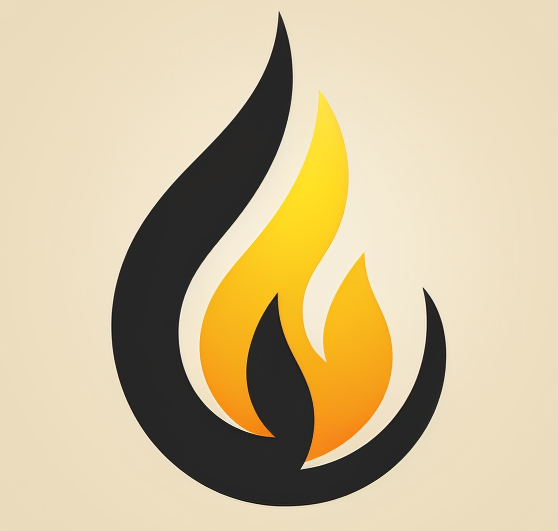Fire protective storage is a crucial aspect of fire safety, ensuring flammable and combustible materials are safely stored away. In this comprehensive guide, we’ll explore different types of fire protective storage, their applications, standards they adhere to, popular manufacturers, and typical price points.
1. Safety Cans
Safety cans are containers designed to store flammable and combustible liquids, limiting their exposure to fire hazards. They come in Types I (single opening) and II (double opening)1.
- Target Customers: Businesses dealing with flammable liquids, laboratories, construction sites.
- Popular Models: Justrite 7150100 (Type I), Eagle UI-50-FS (Type II)[^2^,^3^].
- Price Point: Typically ranges between $35 to $1002.
2. Oily Waste Cans
These specialized containers are designed for soiled rags and waste materials soaked with flammable and combustible liquids1.
- Target Customers: Automotive workshops, painting businesses, manufacturing units.
- Popular Models: Justrite 09100, Eagle 935-FL[^2^,^3^].
- Price Point: Typically ranges between $60 to $1502.
3. Cigarette Butt Receptacles
Specifically designed to safely dispose of cigarette butts, these receptacles minimize the risk of fire hazards caused by discarded smoking materials1.
- Target Customers: All businesses, especially those with designated smoking areas, and homeowners.
- Popular Models: Justrite 26806D, Eagle 1206BLACK[^2^,^3^].
- Price Point: Typically ranges between $40 to $802.
4. Class 3 Storage Cabinets
Class 3 storage cabinets are designed to safely store Class 3 flammable and combustible liquids, adhering to regulations set by NFPA, OSHA, and the Uniform Fire Code3.
- Target Customers: Businesses storing flammable liquids, such as laboratories, factories, construction sites.
- Popular Models: Justrite 893000, Eagle 1932 Safety Cabinet[^2^,^3^].
- Price Point: Typically ranges between $400 to $10002.
While not exhaustive, this guide gives you a starting point in understanding fire protective storage. Also keep in mind that you will still need the other types of fire protective equipment: fire extinguishers, first aid kits, hoses, and brackets. Every property and business will have unique requirements, so it’s important to conduct a comprehensive fire safety assessment. Stay safe!
Footnotes
1. Occupational Safety and Health Administration. (2023). “Flammable and Combustible Liquids.” Link ↩ ↩2 ↩3
2. Uline. (2023). “Safety Cabinets and Safety Cans.” Link ↩ ↩2 ↩3 ↩4
3. National Fire Protection Association. (2023). “Flammable and Combustible Liquids Code.” Link ↩
